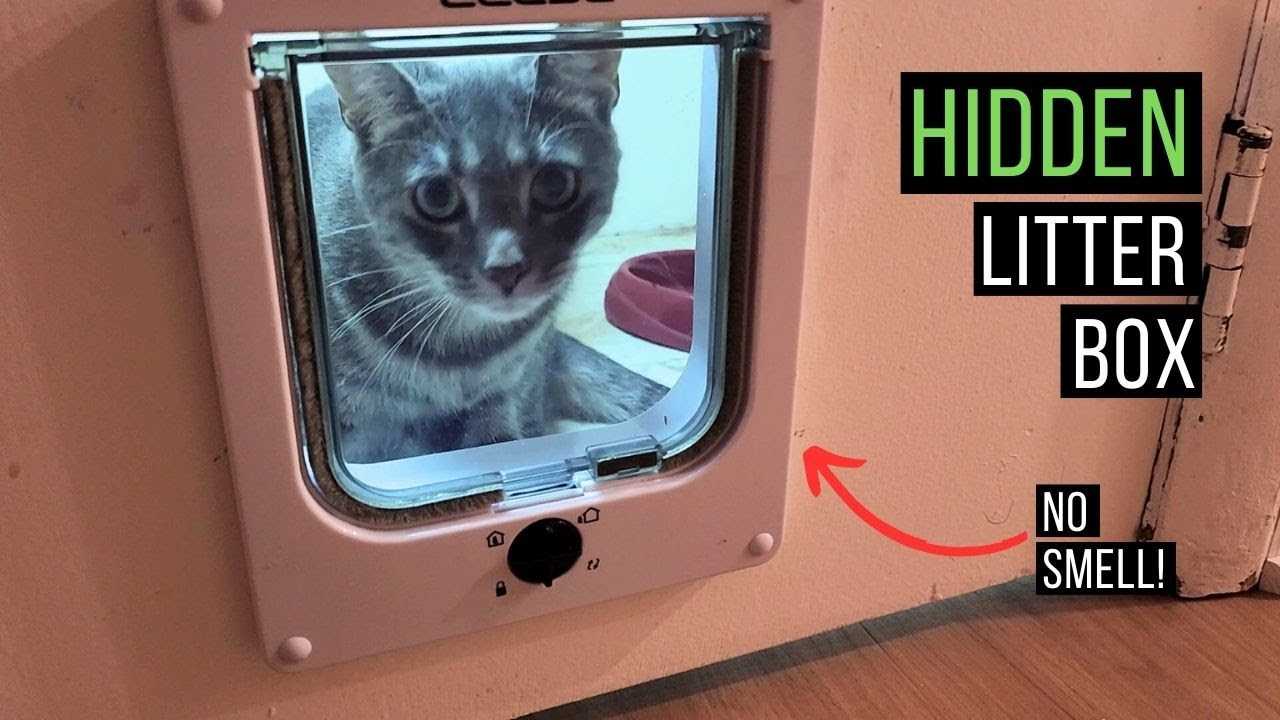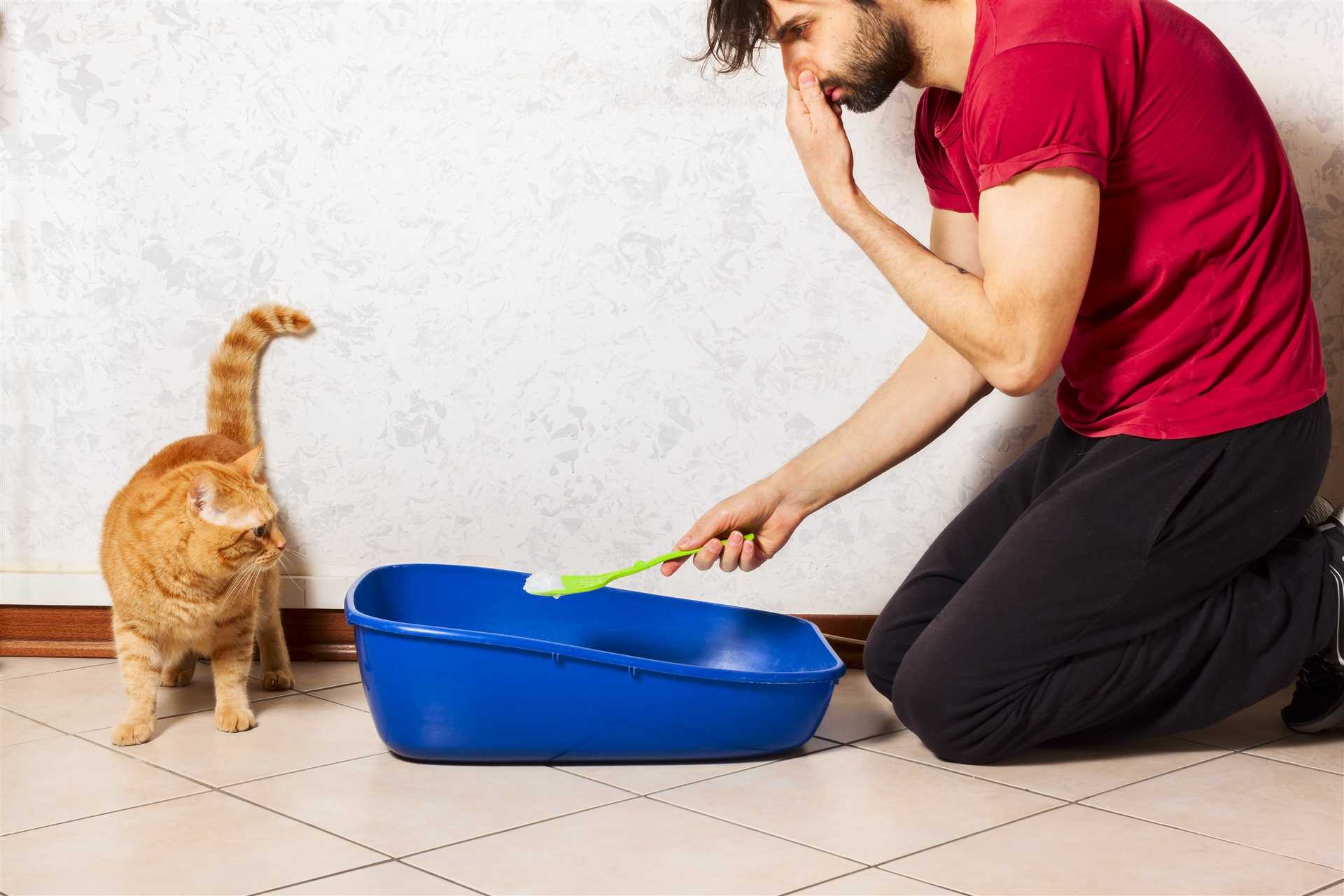



Regular cleaning is your first line of defense against unpleasant scents. Scoop out waste daily and replace the substrate weekly. This simple routine keeps things fresh and manageable.
Choose a quality absorbent material designed to neutralize odors effectively. Clumping varieties often work best, as they trap moisture and waste efficiently, preventing lingering smells.
Consider adding a layer of baking soda beneath the substrate. This natural deodorizer can help absorb odors at the source, ensuring a fresher environment for both you and your furry friend.
Location matters; place the container in a well-ventilated area to promote air circulation. Avoid enclosed spaces, as they can trap odors and create a less pleasant atmosphere.
Occasional deep cleaning of the container is key. Use a mild soap solution and rinse thoroughly to remove any residue that may contribute to odors. A clean environment is a happy environment!
Selecting the Right Type of Material
Choosing the best material can significantly impact odors. I prefer clumping varieties made from natural substances like clay or corn. These absorb moisture effectively and form solid clumps, making cleanup easier.
Wood pellets are another excellent option. They break down into sawdust when wet, which masks unpleasant odors. The natural scent of wood also adds a pleasant aroma.
Crystal-based options work well for odor control too. They absorb moisture without clumping, keeping the area dry and reducing smells. However, they may require more frequent changes compared to clumping types.
Consider trying biodegradable materials like recycled paper or coconut husks. These can be eco-friendly and often have good odor-absorbing properties, although they might not clump as effectively.
Experiment with different types to find what works best for your setup. Each material has unique qualities, and the right choice can lead to a fresher environment.
Maintaining a Regular Cleaning Schedule
Cleaning the area regularly is key. I recommend scooping out any waste at least once a day. This limits odors from building up and keeps things fresh. After scooping, it’s a good idea to add a bit of new substrate to maintain the right level.
Weekly Deep Cleaning
Once a week, do a thorough clean. Empty the entire container and wash it with warm, soapy water. Make sure to rinse it well, as any soap residue can be off-putting. After drying, refill with fresh substrate to keep the environment pleasant.
Monitoring for Changes
Pay attention to how the area smells after cleaning. If odors persist, it might be time to evaluate the type of substrate used or the cleaning products. Staying consistent with this routine helps maintain a comfortable space for everyone.
Choosing the Best Location for the Litter Box

The ideal spot for my toiletry area is away from high traffic zones. I prefer privacy while doing my business, so a quiet corner works best. Avoid placing it near my food and water dishes; that’s just plain gross!
Ensure the area has good ventilation. Fresh air helps reduce odors significantly. If it’s in a room with a window, that’s even better. Natural airflow is a bonus!
Avoid damp or dark spaces. Cats like to feel safe and secure, so a well-lit area that’s easy to access is preferable. A basement or laundry room often feels too isolated.
Consider placing the toileting area on a hard surface for easy cleaning. Carpets or rugs can trap odors, making it harder to maintain freshness.
Lastly, think about the layout of your home. If I have to navigate obstacles or closed doors, it can be frustrating. A direct, clear path to my designated area keeps things smooth and stress-free.
Utilizing Odor-Absorbing Products
For keeping the area fresh, incorporating odor-absorbing materials is key. Activated charcoal is a solid choice; it efficiently captures unpleasant scents. Just place a few bags of activated charcoal near the area to see a noticeable difference.
Another option is baking soda. Sprinkling it on top of the substrate can help neutralize odors. Make sure to mix it well with the granules, allowing it to absorb any lingering scents effectively.
Air Purifying Solutions

Using an air purifier is also beneficial. Look for one with a HEPA filter, as it can trap particles and minimize odors in the room. Keeping it running regularly ensures cleaner air and a more pleasant environment.
Natural Absorbents
Cornstarch and diatomaceous earth are natural alternatives worth exploring. Both absorb moisture and odors, providing a fresh atmosphere. Simply mix them in with the substrate for enhanced results.
Lastly, essential oils can be a delightful addition. A few drops of cat-safe oils, like lavender or chamomile, can create a pleasant scent. Just ensure they are diluted properly and not overwhelming.
Implementing Proper Disposal Techniques
Utilizing a sealed container for waste can significantly reduce odors. Opt for a bin with a tight-fitting lid to contain unpleasant scents effectively.
Daily disposal is crucial. I recommend scooping out soiled materials at least once a day. This minimizes buildup and helps keep everything fresh.
Consider using biodegradable bags for waste disposal. These are environmentally friendly and can help eliminate lingering smells during transport.
Keep the disposal area clean. Wipe down the container regularly to prevent any residue from contributing to odors.
For those looking for additional benefits, choose a waste disposal location away from high traffic areas. This not only helps with smells but also creates a more comfortable environment for everyone.
Lastly, hydration plays a role in odor management. Ensure access to quality drinking water, like best bottled water for cats, which can aid in better overall health and, subsequently, less pungent waste.
Improving Ventilation in the Area
Ensure the space where my restroom is located has adequate airflow. Open windows regularly to allow fresh air to circulate, and consider using fans to keep the area breezy. Installing an exhaust fan can be a smart move, as it helps remove odors more effectively than just relying on natural ventilation.
Creating Airflow Strategies
Positioning the litter receptacle near a window or vent can greatly enhance air movement. If possible, use a small air purifier designed to neutralize odors, which can significantly reduce unpleasant scents. Make sure to clean the surrounding area to prevent any buildup of odor sources.
Seasonal Adjustments
In warmer months, keeping windows open allows for natural ventilation, while in cooler periods, utilizing heating systems can help circulate air. Remember, a stuffy environment can trap odors, so consider adjusting your routine based on seasonal changes.
| Tip | Description |
|---|---|
| Open Windows | Regularly open to allow fresh air in. |
| Use Fans | Position fans to enhance airflow. |
| Install Exhaust Fan | Helps to eliminate odors more effectively. |
| Air Purifier | Neutralizes odors in the vicinity. |
For additional tips on maintaining a fresh environment, check out best absorbent pee pads for dogs.









